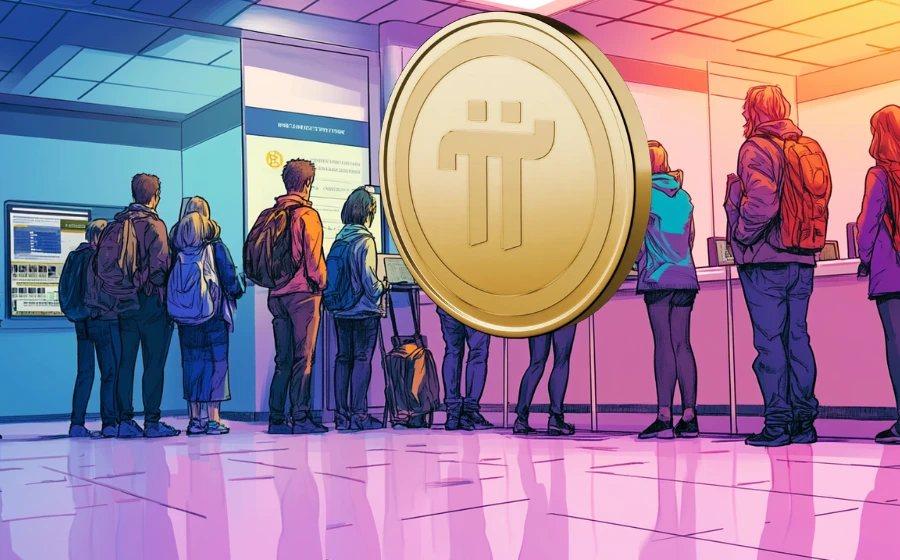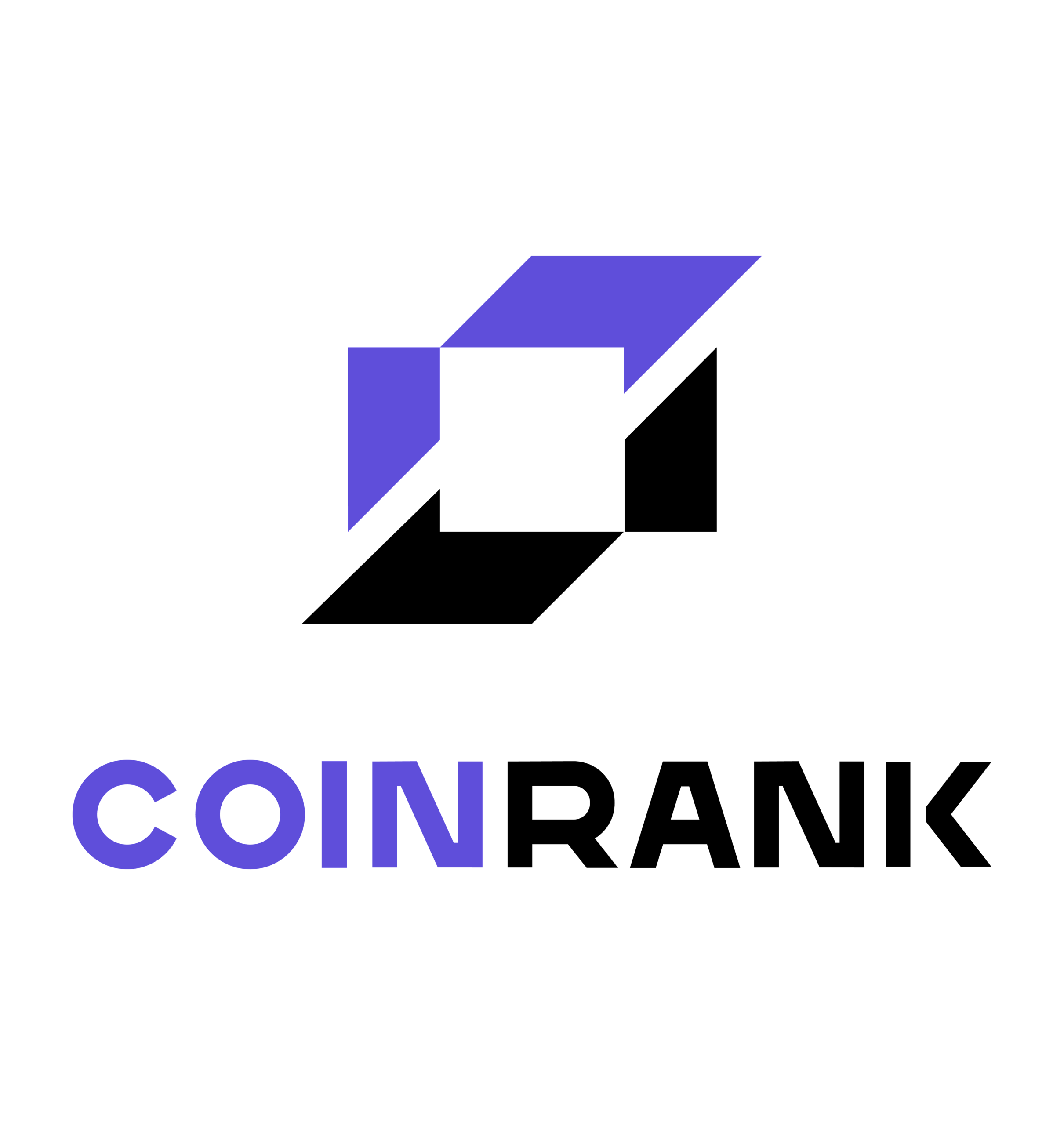
KEYTAKEAWAYS
-
Monad brings true parallelism to Ethereum’s world.
Through MonadBFT and MonadVM, it achieves over 10,000 TPS while maintaining full EVM compatibility — redefining performance without breaking composability.
-
Built by ex-Jump Trading engineers, Monad merges Wall Street precision with blockchain design.
Its asynchronous consensus and multi-threaded execution mark a new generation of high-speed, deterministic infrastructure.
-
Beyond speed, Monad aims to become the performance layer of the EVM ecosystem.
With a $225M Paradigm-led round and a $100M ecosystem fund, it’s building bridges across Rollups, DeFi, and CEX settlement layers to power real-time finance.

- KEY TAKEAWAYS
- THE LIMIT OF SPEED: FROM ETHEREUM’S BOTTLENECK TO MONAD’S BIRTH
- ARCHITECTURAL INNOVATION: THE LOGIC BEHIND MONADBFT AND PARALLEL EVM
- THE ECOLOGICAL BREAKTHROUGH: COMPATIBILITY AS A BRIDGE TO GROWTH
- CHALLENGES AND FUTURE: WHEN PERFORMANCE MEETS THE SOUL OF DECENTRALIZATION
- DISCLAIMER
- WRITER’S INTRO
CONTENT

THE LIMIT OF SPEED: FROM ETHEREUM’S BOTTLENECK TO MONAD’S BIRTH
In blockchain history, performance has always been the hardest wall to break. Bitcoin defined trust on-chain but could only process seven transactions per second. Ethereum brought programmable contracts to life but trapped users under high gas fees and long delays. From Rollups to parallel execution and modular architectures, every so-called “Ethereum killer” has promised breakthroughs — yet none has achieved true scalability without sacrificing compatibility.
That pattern changed in 2025 with the rise of Monad. Built by former Jump Trading engineers, Monad is a high-performance Layer 1 chain designed to bring the Ethereum Virtual Machine (EVM) into the era of parallel computing. Its core innovation, MonadBFT, decouples block production from state validation through a fully asynchronous, pipelined design. This allows transaction ordering, execution, and verification to happen simultaneously — boosting throughput and hardware efficiency far beyond existing EVM chains.
According to testnet data, Monad can process over 10,000 TPS, with block confirmation under one second. For comparison, Solana achieves around 4,000–5,000 TPS on a single chain, while Ethereum remains around 15–20 TPS. Rollups face their own latency limits from data availability and sequencer delays. Monad’s achievement lies not only in being faster — but in proving that performance and Ethereum compatibility can coexist.
This philosophy reflects the engineering precision of Jump Trading itself — where financial-grade systems handle microsecond latency with deterministic logic. Monad’s founders, Keone Hon and James Hunsaker, both veterans of Jump’s trading infrastructure, have brought that same mindset into blockchain design: reliability through raw performance.
In many ways, Monad isn’t just an engineering upgrade; it is a philosophical statement about the “physics of blockchain.” When every network is chasing speed, the real question becomes: how do you redefine security at the speed of light?
ARCHITECTURAL INNOVATION: THE LOGIC BEHIND MONADBFT AND PARALLEL EVM
Monad’s technical breakthrough lives in three layers: consensus, execution, and storage. Together, MonadBFT and MonadDB form the backbone of its design — one ensures fast consensus, the other sustains real-time state access and persistence.
Instead of the traditional PBFT model with serial confirmations, MonadBFT uses asynchronous message flow and pipelined signature aggregation. Block proposers can start producing the next block before the previous one is fully finalized. This “parallel proposal” mechanism improves confirmation efficiency by over 30% and minimizes idle synchronization across the network.
On the execution side, Monad introduces MonadVM, a custom engine that supports Ethereum bytecode natively but executes it in multi-threaded environments. Unlike other EVM-compatible chains that merely simulate parallelism, Monad re-engineers the scheduling mechanism itself — enabling Solidity contracts to run concurrently without code changes. Developers gain massive speedups with zero migration cost.
Beneath it, MonadDB operates as a hybrid of LSM-tree storage and snapshot-based verification. It separates read and write operations, allowing nodes to pipeline state updates instead of waiting for global synchronization. The result is a closed loop of high-speed computation: MonadBFT enables parallel consensus → MonadVM executes contracts in threads → MonadDB commits results instantly.
This architecture solves what most “Ethereum-compatible” chains could not — the coupling paradox between performance and compatibility. While other L1s rebuilt their entire stack for speed, Monad optimized the execution layer without breaking existing standards.
That strategic choice sets it apart from peers. Solana rebuilt from scratch with Rust and a custom runtime, sacrificing easy migration. Aptos and Sui used the Move language to gain safety guarantees, but at the cost of limited DeFi compatibility. Monad, by contrast, is more like an Ethereum acceleration project — not a replacement, but an upgrade.
The approach caught the attention of top-tier investors. In April 2024, Monad Labs announced a $225 million funding round led by Paradigm, with participation from Coinbase Ventures, Electric Capital, and Castle Island Ventures. It was one of the largest L1 raises since Aptos. Paradigm partner Dan Robinson summarized it well: “Monad is the first system to achieve true parallel throughput while preserving full Ethereum semantics.”
In an era where capital has shifted toward AI and consumer apps, such a scale of funding is more than confidence — it’s a bet that speed itself can restore faith in Layer 1 innovation.
THE ECOLOGICAL BREAKTHROUGH: COMPATIBILITY AS A BRIDGE TO GROWTH
Performance starts the story; ecosystem decides its ending. And Monad’s ecosystem is already turning heads across the developer world.
For years, developers were divided — some chasing Solana’s raw performance, others staying loyal to Ethereum’s composability and Rollup stack. Monad aims to bridge that divide. With full Solidity compatibility, existing projects can deploy instantly without changing a single line of code. Thousands of DeFi, NFT, AI, and gaming protocols can run faster and cheaper without rebuilding their logic.
In early 2025, Monad launched its $100 million Ecosystem Fund, targeting early-stage builders and infrastructure partners. The initiative focuses on four directions: 1. DeFi derivatives and liquidity protocols 2. AI-driven on-chain data and verification tools 3. High-concurrency gaming and NFT projects 4. Cross-chain and zk infrastructure
Among the first flagship projects is PondFi, a parallel lending protocol that reduces liquidation latency by 90% using MonadVM’s multithreading. Another, Veriscope, provides real-time data pipelines for AI agents through low-latency node computation. Both signal a transition from “speed narrative” to “application narrative” — where performance becomes the invisible foundation for innovation.
Monad’s growth also reflects a new kind of competition: not isolation, but interoperable performance. The team actively collaborates with Rollup and Layer 2 ecosystems such as Scroll, Linea, and Base to establish EVM-level interoperability standards. The goal is clear — to make Monad the performance layer of the EVM world, not its rival.
That positioning also attracts centralized exchanges and liquidity providers. Exchanges like LBank, Bybit, and Bitget have reportedly begun testing settlement integrations using Monad’s infrastructure, exploring faster, on-chain settlement channels between CEX and DeFi. If Ethereum defined the age of “trustable contracts,” Monad could define the age of real-time finance.
CHALLENGES AND FUTURE: WHEN PERFORMANCE MEETS THE SOUL OF DECENTRALIZATION
Behind all the hype, Monad faces challenges that every high-performance chain must confront.
The first is centralization risk. MonadBFT demands powerful hardware, setting a higher bar for validators. In its early phase, this could lead to validator concentration among institutional players, reducing decentralization. The team argues for a “performance-first, decentralize-later” approach — but this pragmatic stance may still spark philosophical debate. How much centralization can you justify in the pursuit of speed?
The second is ecosystem cold start. Even with full EVM compatibility, migrating ecosystems takes time. Oracle networks, stablecoins, and bridges must be rebuilt or integrated. Without liquidity depth, Monad risks becoming another high-speed island — a fate that befell many early L1s like Near or Avalanche.
The third challenge lies in narrative competition. In 2025, the market no longer buys into “just another L1.” The conversation has shifted toward Rollups and modular architectures. Monad must craft a narrative beyond performance — one that emphasizes coexistence, not rivalry. As the team recently stated, “Monad is not here to compete with Ethereum, but to make Ethereum’s world faster.”
Ultimately, Monad’s destiny depends on how well it balances the three pillars of blockchain design: speed, compatibility, and decentralization. It could become the standard for high-performance EVM execution — or fade into the background as another isolated chain.
Yet, whatever the outcome, Monad has already proven one essential truth: Even when the world moves toward modular rollups, there is still room to rewrite the rules at Layer 1. This is not just a race for TPS. It’s a contest of belief — belief that code can still create order, and that speed itself can become trust.
As Monad’s team wrote in their official blog, “We’re not building another chain. We’re proving that Ethereum’s universe still has infinite room to grow.” In this new era of blockchain performance, Monad stands not merely as a contender — but as the engine that accelerates what comes next.















